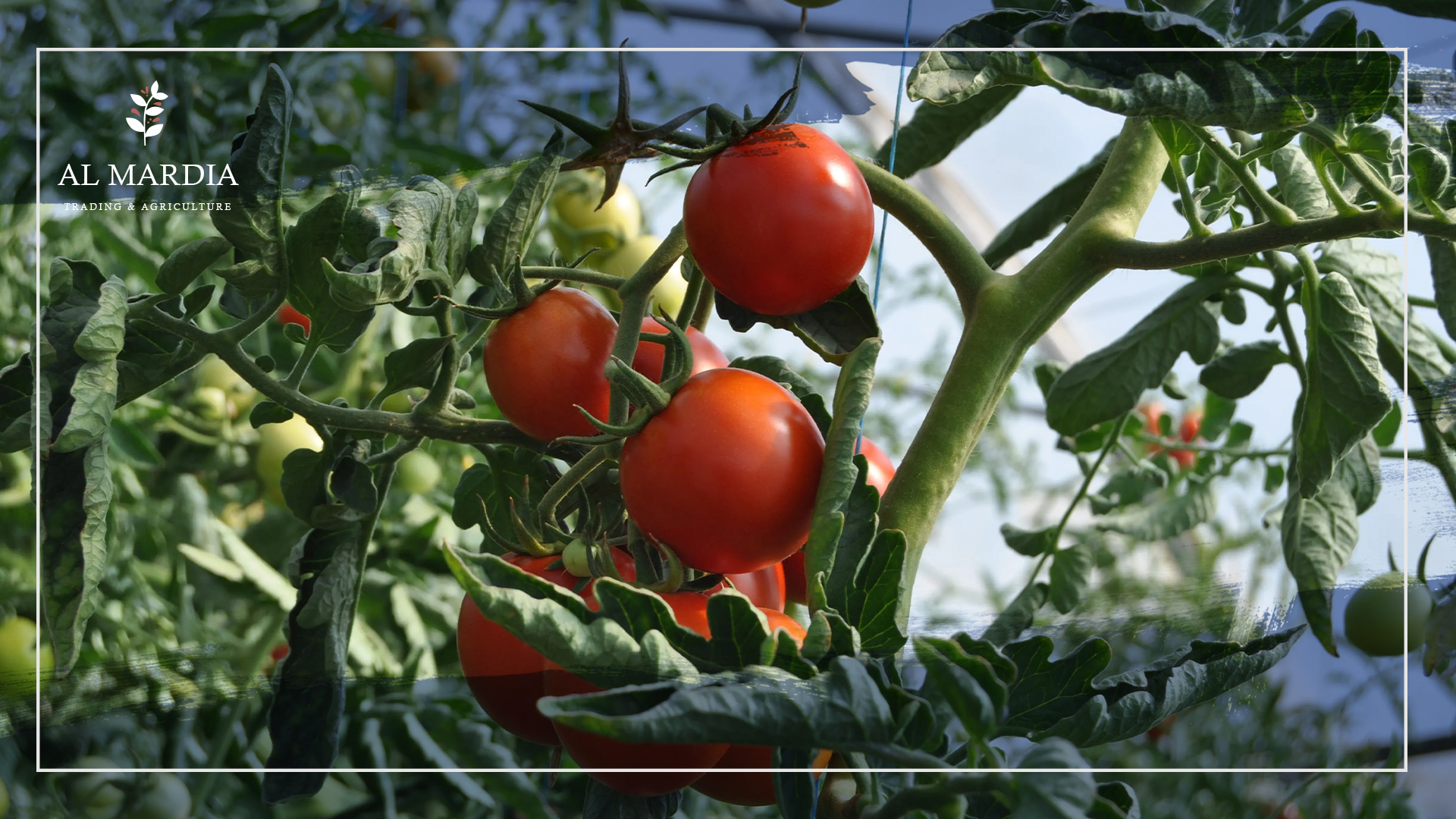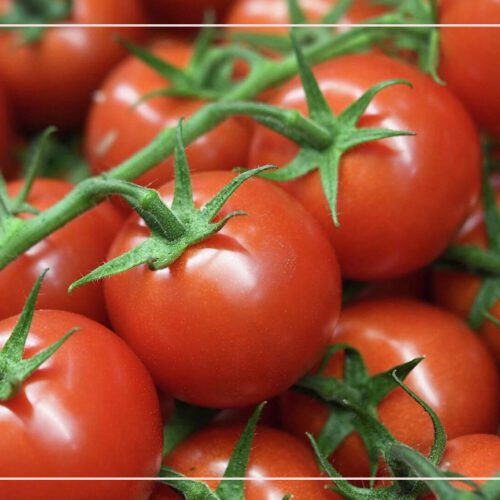
Growing Ripe Red Tomatoes
Tips for Maximum Yield
Growing tomatoes is a rewarding experience, but can be frustrating when the fruit remains green for weeks. Understanding why this happens is key to producing a healthy crop of ripe tomatoes. In this article, we will discuss the common causes of green tomatoes and how to address them.
Home vegetable growers, especially those who love tomatoes, reap the rewards of growing their produce. Eating a freshly-picked tomato creates an unparalleled flavor experience. However, sometimes tomato plants may be stuck in their green stage; fortunately, we can assist with this issue.
When do tomatoes turn red?
Although growing tomatoes is an enjoyable experience, it still requires patience, as they have a long growing season. If you’ve planted your tomatoes and are waiting for them to turn red, there are a few things you should check first. The seed packet will provide information on the variety of tomatoes, the length of time it takes for them to ripen, and the ideal conditions for growing them. It is also important to ensure that your plants are getting enough sunlight and water to produce ripe tomatoes. With a little bit of patience and care, you can enjoy fresh tomatoes from your garden!
It’s good to remember that a variety of tomato fruits can be seen in different hues such as yellow, orange, purple, and even green. It is important to recognize the particular color the tomatoes should reach when they reach maturity so that you can choose the right variety.
Why are my tomatoes taking so long to ripen?
To ensure the best flavor and texture, it is important to understand the correct ripening process. Temperature plays a crucial role in tomato ripening and must be kept within a specific range for the carotene and lycopene to develop. The ideal temperature range for tomato ripening is between 50°F and 85°F. If temperatures fall outside of this range, the plant will not produce the necessary compounds needed for proper ripening. Inadequate carotene and lycopene production by tomato plants can delay the ripening process. The ideal temperature for tomatoes to properly ripen is between 70-85°F.
Necessary practices to ensure that my tomatoes turn red?
There are several potential causes of green tomatoes, including insufficient sunlight, too much nitrogen in the soil, or not enough water. To ensure your tomatoes turn red, you must understand the conditions that can cause them to remain green and take steps to create an environment that will encourage them to ripen.
Pruning and pinching tomato plants is a great way to promote fruit formation. To get the best results, trim off the lower branches before planting to facilitate deeper planting and strong root growth. Additionally, throughout the season, removing shoots that don’t bear flowers can be beneficial for your plant’s health.
Don’t forget that green tomato can form if tomato plants become overgrown and their energy is diverted away from producing fruit, towards new growth.
What steps can I take to increase the yield of my tomato plants?
To maximize the fruit production of your tomato plants, pre-plant preparations are crucial. These include measures that ensure optimum conditions for your tomatoes to yield a successful harvest. Such steps involve:
To maximize the fruit production of your tomato plants, pre-plant preparations are crucial. These include measures that ensure optimum conditions for your tomatoes to yield a successful harvest. Such steps involve:
-
soil preparing:
For better crop yield and to prevent blossom end rot, it is advised to put effort into preparing the soil well. Adding calcium in the form of lime during fall or crushed eggshells in the spring can prove beneficial. Incorporating these two components may help improve your harvest in the long run.
-
Soil warming:
To improve the chances of successful seedling growth and development, it is advisable to warm the soil before transplanting them.
-
Deep planting:
It is advisable to plant tomato seedlings deeply for them to form new roots and result in robust, healthy plants.
-
Spacing between plants:
When planting your plants, be sure to space them out properly to capitalize on increased airflow. This can aid in the prevention of diseases, as well as reduce competition for essential nutrients.
-
Deep watering:
To ensure that your tomato plants are healthy, water them deeply at regular intervals of two to three days. Additionally, it is important to ensure that you do not wet the leaves as this can cause diseases.
-
Apply mulch:
Putting mulch around the base of your tomato plants can be beneficial in various ways; it prevents soil erosion, helps to maintain favorable soil temperature and moisture, as well as preventing weed growth which would otherwise compete with your tomatoes for essential nutrients.
-
Watch and support:
Adequate support helps to ensure that the leaves and fruit of your plants do not come into contact with the ground, allowing them to thrive and reach their full potential.
-
Pruning regularly:
Pruning tomato plants can be beneficial for redirecting the plant’s energy into producing more fruit. To do this, it is necessary to remove suckers and lower branches.
Many farmers use organic products which are made to improve seed germination and promote root growth such as Multi-Bio which provides all the goodness to the root of the plant through mycorrhiza fungi and increases yield by 20% to 25%.
Last but not least, one of the most frequent triggers of tomato fruit not growing is insufficient water supply due to drought or inadequate maintenance. Therefore, it is essential not to let your tomato plants wilt.
It is important to maintain consistent soil moisture for tomatoes, as this can affect growth significantly. Wilting, leaf drop, and small fruit size may be signs of inadequate moisture. Many gardeners turn to self-watering containers or similar systems to ensure the proper development of their crops.
Related topic
All You Need to Know about Soil Salinity
Common Questions:
-
How often do you water tomatoes?
To ensure the optimal growth of newly-planted tomatoes, watering them regularly is essential. In the early stages, it’s best to water them in the mornings every day. When the weather gets warmer, it might be necessary to water them twice daily. Approximately 1-2 inches of water should be provided to tomato plants each week.
-
Should I cut off wilted tomato leaves?
Affirmative. It is beneficial to routinely prune dead foliage from the tomato plant for its health and to discontinue the risk of contagion.
-
How do you tell if tomatoes are not getting enough water?
Tomato plants require adequate water for optimal development; lack of which can result in wilting and the formation of issues like BER and splitting. Further, insufficient hydration will affect plant growth and decrease fruit production.





